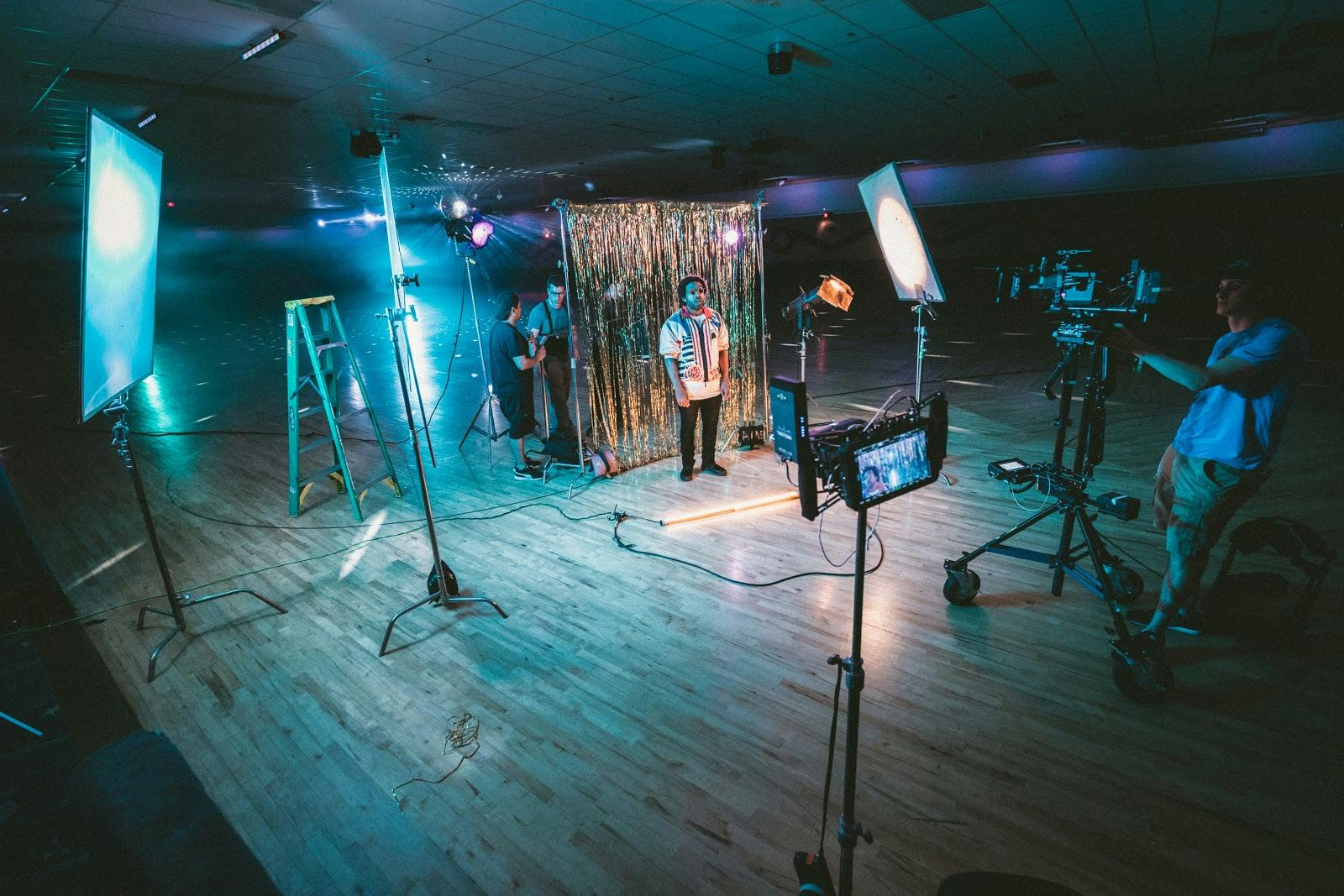One of the best sources for photography business is Interior Designing. Whatever a photographer wants to shoot, he can do so. But there is a difference between a topnotch photographer and an amateur one. In the genre of interior design photography, it is great to have the skills necessary to make every work easier.
The idea of trying to sell the images you have taken to impress the viewers is to know what size and details of the area of consideration. The best way is to do simple interior design photography and to take a picture of a room to get the best features of the room.
Photography is thought to be an easy job. But in reality, it has a lot to do with perspective and visual storytelling. There are perspective distortions which needed to be adjusted, corrected and processed. When doing interior design photography, it is best to take away all components that stand out as distractions. Every photographic and imaging detail should be considered.
Photography Editing Tips on Interior Design using Adobe Photoshop Lightroom
The following are tips on how to edit interior design photography with the use of Adobe Photoshop Lightroom.
1. Use wide-angled lens

On the photographic side of images, aside from using a tripod, the use of full-fine sensor is generally required. Specifically the use of Canon 3 Mark II or II or the Canon 6d, they are great options when it comes to the type of camera to be used. As mentioned, it is basically necessary to use wide-angled camera lens. The preferred size may be from 17mm to 40 mm lens. With this size, it connotes more peripheral vision and it can fill spaces to cover the whole frame.
2. Find the proper angle

As a rule, when going inside a room try to go in each corner and get the proper angles first. Do not go in parallel with the furniture and bed inside. Try to find the perfect perspective angle instead. With using a wide angle lens, you will probably get a lot of distortion. [Read more]
3. Start with the Shadows and Highlights

To start editing using the Lightroom of Adobe Photoshop, begin the retouching by opening up the shadows. It is advisable to go to about half of the shadow balance and about 75% for the highlights.
4. Correct the Whites and Blacks

By holding the ALT key and moving the cursor to the right, you can open the whites you needed in your photo.
5. Establish the White balance

White balance is important to the photograph as a whole. It is the removal of unacceptable colors that are relative to color temperature of the source of light. By having knowledge about digital white balance, it improves photos under wider lighting condition perspectives.
When the white balance seems wrong use the picker to determine the areas that are pure white or very light gray. This time, you need to adjust the temperature and contrast to make the whole area warmer. It is important to open up a little more shadow and adjust the highlights for checking. Take note that the white balance is more on the artistic side of the photographer.
6. Consider adjusting Sharpening and Noise Reduction
video credit Anthony Morganti
7. Application of Lens Correction
Because of the lens used, there is always a slight correction that will be done. These imperfections can be the blemishes from the glass of the lens. These blemishes are lens elements which will minimize the reflection. To correct all these lens flaws and get rid of the imperfections, proceed to Lightroom “Lens Correction” tab and click “Enable Profile Correction” including “Remove Chromatic Aberration”.
Most of the time, Auto Upright is a reliable tab. But in the case of Lens Correction, it does not work according to your liking. In this case, it can be fixed manually so that the treatment of the vertical and horizontal lines can be done immediately. These lines are bases of interior designing and architectural photography. To make the Vertical lines highlighted, add +5 to the “Vertical” setting and -2 to “Distortion“to remove some bumpy effects.
8. Supplement the so-called Ramelli Lightroom secret ingredients
Making the photos more dramatic is to enhance the photo for the perfect perception of viewers. You can optionally delete what you do not want to be included in your photo. You can also use the Brush to polish floors that are parquetted or tiled. You can also brush the whole area to remove all the dust to bring the message to the people.
When light seems boring, try to create a drama by selecting radial filter and set exposure to 1.95. Masking and feathering the place all over again to revitalize the different areas of the room. The real purpose of masking is to create light complexities to make the pho more interesting.
9. Use Post-Crop Vignette
Better known as Post-Crop Vignette in Adobe Photoshop, the sole purpose of this feature is to darken edges and corners of the room. You need to correct the balance in Lightroom “Effects” and slide it down to -23 to diffuse some unnecessary light.
10. Duplicate the layer and start removing wrinkles
When doing the final touches of interior design Photoshop editing, you need to open the photo in Photoshop and duplicate the layer by choosing Photoshop CC. You need to copy the layer by dragging it to the bottom and select Duplicate Layer.
To finalize the editing, one important tip is to remove the wrinkles. This is to eradicate any lumpy parts of the photo. This is done by going to Filter>Blur>Gaussian Blur and move the balance adjuster to 10.
